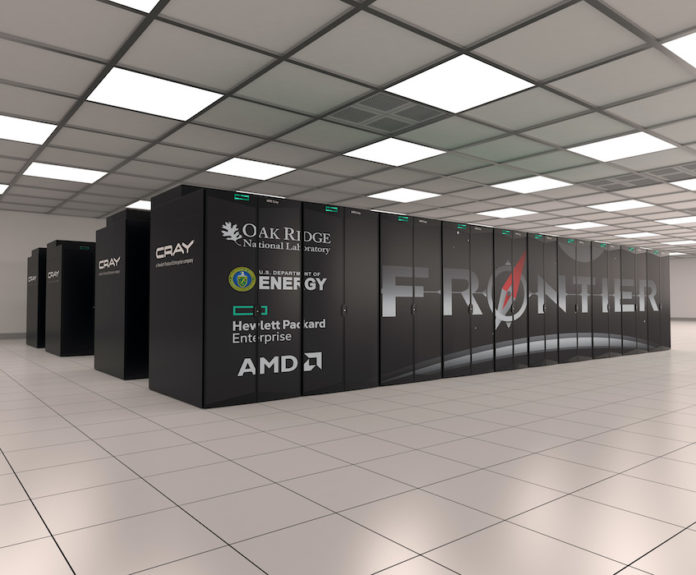
1. The Dawn of AI Supercomputers: Breaking the Exascale Barrier1. The Dawn of AI Supercomputers: Breaking the Exascale Barrier The pursuit of exascale computing, where supercomputers achieve computing speeds of one exaflop (a billion billion operations per second), has been a long-standing goal in the field of high-performance computing (HPC). With the advent of artificial intelligence (AI), exascale supercomputers are becoming increasingly crucial. AI workloads, such as training large language models and running complex simulations, demand immense computational resources. Breaking the exascale barrier will enable AI researchers to: Unleash Unprecedented AI Capabilities: Exascale supercomputers will allow for the development of AI models with billions of parameters and immense data processing capabilities. This will empower AI to tackle complex problems, such as drug discovery, materials science, and climate modeling. Accelerate Model Training and Deployment: Training AI models on exascale supercomputers can significantly reduce training times, enabling researchers to iterate and deploy models faster. This will accelerate the development and commercialization of AI solutions. Enable Real-Time Simulation and Decision-Making: Exascale supercomputers can provide real-time simulations of complex systems, enabling AI systems to make informed decisions in real-world applications such as self-driving cars and medical diagnostics. Breaking the Barrier: To achieve exascale computing, several key challenges need to be overcome: * Massive Parallelism: Exascale supercomputers require millions of interconnected processors, each handling a portion of the workload. * High-Bandwidth Networking: Data transfer between processors and memory must be optimized to avoid bottlenecks. * Cost-Effectiveness: Building and operating exascale supercomputers must be economically viable. Recent Advancements: Several major supercomputer projects are underway worldwide, aiming to break the exascale barrier. Some notable examples include: * Frontier: A supercomputer developed by Oak Ridge National Laboratory and AMD, projected to deliver over 1.5 exaflops. * Aurora: A project by Argonne National Laboratory and Intel, targeting 2 exaflops. * Fugaku: A Japanese supercomputer that achieved 415 petaflops in 2020, setting a record for a single system. Conclusion: The dawn of AI supercomputers marks a transformative era in the field of HPC. Breaking the exascale barrier will unleash unprecedented AI capabilities, accelerating scientific discovery, driving innovation, and enabling new frontiers in technology and society.
Posted inNews